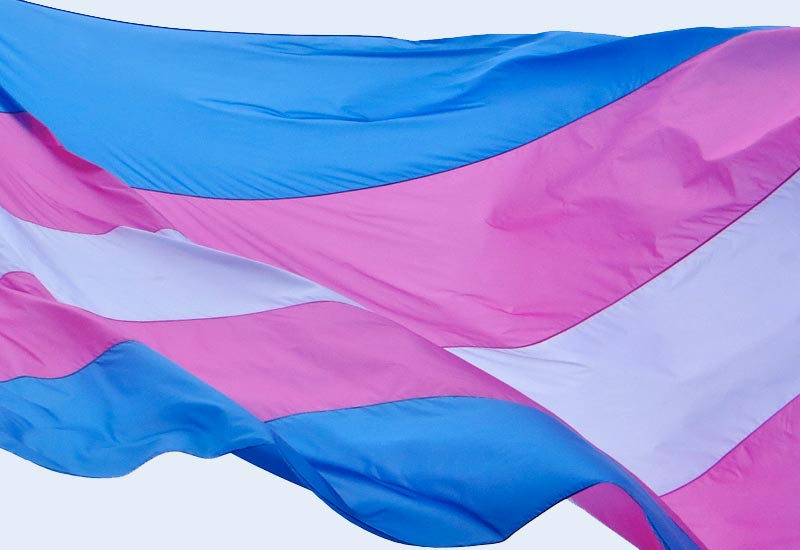AIDS fighters in Kenya recognize trans people as at-risk
Colin Stewart is a 45-year journalism veteran living in Southern…
Trans and gender-diverse persons in Kenya recently joined representatives of other key populations in a four-day meeting with government officials to update the nation’s strategies for combating HIV.

The meeting focused on drafting guidelines for the next phase of AIDS-fighting work in Kenya. A key player in advocating for the meeting was Jinsiangu, an organization that works for the well-being of intersex, transgender and gender non-conforming (ITGNC) people in Kenya.
A crucial milestone was reached at the meeting, as identified in an article published by Jinsiangu: “Transgender people [were] finally recognized as a key population.”
For AIDS fighters, “key populations” are categories of people who face much higher rates of HIV and AIDS than the general population and are most at risk for contracting HIV. The key populations aren’t identical from country to country, but they typically include people who inject drugs, men who have sex with men, prisoners, sex workers and now in Kenya, transgender people.
As Ava Mrima wrote for Jinsiangu:

Key populations experience both increased impact from one or more of the diseases and decreased access to services. Widespread stigma and discrimination, state and non-state violence and harassment, restrictive laws and policies, and criminalization of behaviors or practices put key populations at heightened risks and undermine their access to services.
General guidelines for HIV screening, prevention, and care do not differ for transgender people; however, HIV services for transgender people should address the specific biological, psychological, and social needs of this population. HIV prevention and care programs are often adapted from practices developed for non-transgender men who have sex with men (MSM) or for non-transgender women and gender-diverse persons and fail to address the unique structural factors and inequities that increase HIV risk and produce barriers to care among transgender people.

For example, many trans women (especially young adults) experience intersecting discrimination and high rates of trauma, unstable housing, poverty, incarceration, and unemployment, which all negatively impact HIV risk, testing, and continuing care.
The purpose of developing the guidelines for trans* persons means inclusion in HIV/AIDS, healthcare programming and recognition by government as a minority group with a goal of drafting a comprehensive guideline for use in programming for/with trans* and gender diverse persons
Efforts made, largely in part by the NGO Jinsiangu, led to a meeting held in Nairobi at the Boma hotel. A milestone, with representation of trans* and gender diverse persons from all over the country for a 4 day engagement, with representatives in attendance from various key population movements and government.
The meeting involved opinions from lived realities, history of trans* programmes implemented and the barriers in accessing HIV services which helped inform how guidelines for the transgender community as key population were developed.

A lot [went] into the developing process, with a final document scheduled to be reviewed by all partners before being accepted as a final comprehensive guideline in 2020.
These guidelines set pace as the recognition of transgender persons as key population by government, and the foundation for trans* inclusive programmes and services available through government and partners, that are comprehensive and effective.




